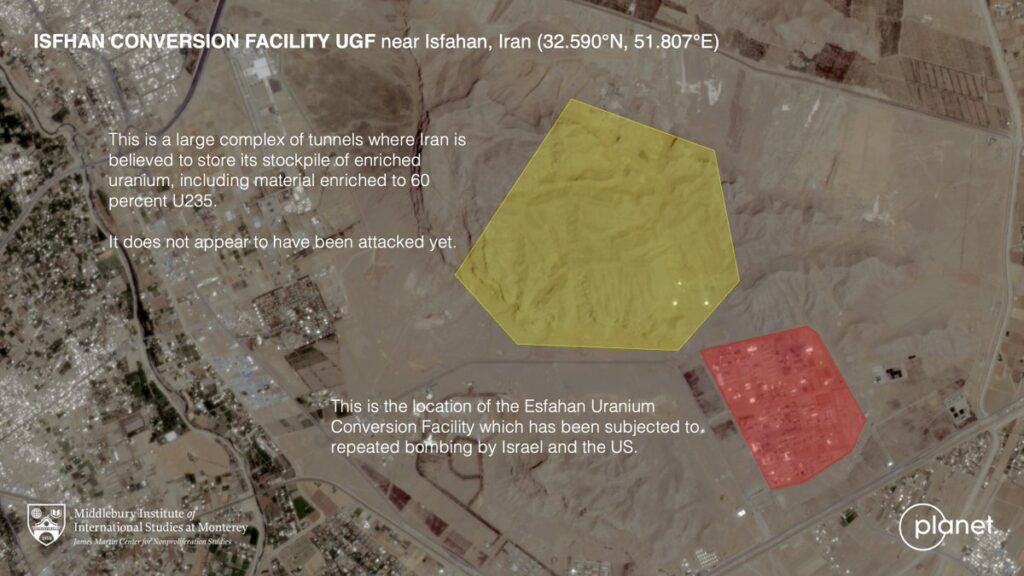- New Delhi regards the recent pattern of Chinese “intrusions” across the disputed border as the most serious standoff since the 1962 Sino-Indian War.
- Beijing is apparently responding to Indian roadbuilding along the disputed border, which has strengthened the Indian military's capabilities in the region.
- War is out of the question, but both sides are on alert to efforts by the other side to change the status quo.
In recent weeks, the Chinese and Indian militaries have engaged in their most serious border standoff since the origin of the dispute in the 1962 Sino-Indian War. China's military has moved soldiers near – or by some accounts, even across – the so-called Line of Actual Control (LAC) in the disputed border region in the Himalayas. Chinese and Indian border guards engaged in fistfights, at least one of which caused injuries on both sides.
This time is different
Border standoffs have occurred regularly over the last decade. The last serious one occurred at Doklam in 2017. The recent conflict is unusual, however, because the Chinese military appears to be pressuring the de facto border in multiple regions. The Indian military regards so-called “intrusions” – in which the People's Liberation Army (PLA) crosses the LAC and stays put – as more serious than “transgressions,” in which the PLA crosses the LAC briefly and then vacates. Though the precise situation is not clear, some reports indicate that Chinese troops conducted intrusions across the LAC in four separate areas, which makes the current standoff the most serious ever, from New Delhi's perspective.
The 2017 Doklam standoff was resolved peacefully, but since then China has paid increasing attention to Indian border activities. Last year saw the highest number of Chinese transgressions in at least a decade, according to Indian data. The trigger for the latest flareups may be Indian efforts to strengthen its position along the border by upgrading roads to enable faster movement of troops. Last year, India completed a strategic military-use road connecting an airfield at Daulat Beg Oldie to nearby villages, as part of a broader upgrade of border roads that remains ongoing. India has also rebuilt airfields near the border and established a new “mountain strike force” designed for rapid response. The new force displayed its capabilities in military exercises in October.
Moves to de-escalate
Chinese and Indian military officers held official talks at a border village on 6 June. The talks did not lead to resolution, but both sides signaled a desire to de-escalate. India's Ministry of External Affairs said, “both sides agreed to peacefully resolve the situation,” while referring to recent positive meetings between Chinese President Xi Jinping and Indian Prime Minister Narendra Modi at which the leaders agreed to seek closer cooperation on security and economics. The Chinese government did not issue an official statement, but Chinese state media has toned down its rhetoric around the dispute.
India's Department of Defence said on 9 June that Chinese troops had withdrawn from three areas of intrusion but did not provide details, such as how many tents were dismantled and how much machinery was moved back. New Delhi seems to want to appear conciliatory, but there are reasons to think that the current standoff will not be fully resolved in the short term. While “transgressions” usually lead to negotiations, the latest talks were held only at the level of lieutenant general, and subsequent talks have been downgraded further to the brigadier level.
Low-level tensions will persist
China has generally placed less emphasis on the China-India border dispute compared to other territorial disputes such as Taiwan, the South China Sea, and the East China Sea. The reason is that China views the US, rather than India, as its main strategic rival, relegating the border dispute with India to a “secondary strategic direction.” The result is that China has generally sought to protect the status quo while avoiding escalation.
But India's leadership views its unsettled border with China as a point of leverage for Beijing. New Delhi notes that out of the 11 countries with which China has land boundary disputes, it has settled all but two: India and Bhutan. At a meeting with Xi in 2014, Modi said: “a small thing like a toothache can affect the health of the whole body,” reflecting his government's desire to establish an agreed-upon border. New Delhi believes Beijing is disinterested in reaching a final settlement because doing so would eliminate China's strategic leverage. Regardless of how extensive the apparent Chinese withdrawal is, India's military will remain on alert to push back against further Chinese attempts to redefine the border.
War between India and China remains unthinkable, but there are signs that Beijing has felt emboldened by perceived weakness of other major powers – and/or pressured by nationalist domestic politics – to pursue a more aggressive foreign policy following China's recovery from the pandemic. A future note will discuss the recent evolution Chinese grand strategy across a range of foreign policy issues.







